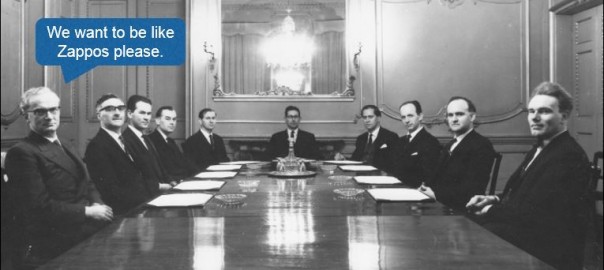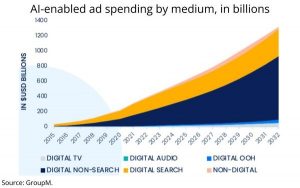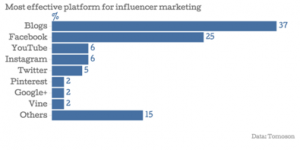
There was a great Harvard Business Review article recently on CEOs and social media. There has been a dramatic change in just a few years and it’s worth sharing a few of the survey results and thoughts on what this means to you.
An analysis found that 80 percent of the CEOs of the world’s largest 50 companies are engaged online and on social media, more than double of what the same study found in 2010.
The findings are interesting because not long ago being social was once considered too risky, the article said. CEOs feared that saying the wrong thing online would ignite a firestorm of antagonists, dissatisfied customers, and disgruntled employees, who could threaten the company’s reputation. Now, having a digital strategy integrated across multiple channels is the new mandate to neutralize criticism. It’s become more important to transparently tell the company’s story and join the conversation.
Research shows that five significant trends over the past five years have contributed to CEOs’ increased sociability.
1. The company website is the top spot for CEO communications. Nearly seven in 10 CEOs (68%) have a visible presence on company websites beyond just their name and bio. This represents a two-fold surge in CEO website visibility since 2010 (32%), reflecting the larger trend of companies becoming self-publishers.
2. Corporate video is the new normal for CEOs. CEOs appearing in video, either on the company website or YouTube channel, is three times as high as it was in 2010 (54% and 18%, respectively). Some CEO videos are repurposed clips of CEOs reporting on quarterly earnings and at industry-related events, while others are directed at customers. CEOs are smartly recognizing the emotional power and shareability of video in today’s multi-media and distracted world.
3. LinkedIn rules. The rate of CEOs using LinkedIn nearly quadrupled since 2010, going from 4% to 22%. More than 1.7 million CEO-titles now appear on LinkedIn. This platform is regarded as safer than other social media since those who post on its site cannot do so anonymously. In a way, it is a gated community for professionals.
4. New CEOs are quicker to take up social. New CEOs (in office three years or less) are now just as social as those with more than three years at the helm. This rate jumped from 48% in 2012 to 80% in 2014. CEOs understand from the start that sociability allows them to reach wider audiences, faster.
5. Women executives are raising their voices. More than 75 percent of the women CEOs are social. As Andrea Learned, a social strategist, wrote in The Huffington Post, “ ‘Going social’ has huge potential for helping women leaders elevate their own voices, add fresh thinking to important conversations, and build trusted community with an impact that makes a world of business difference.”
CEOs and social media
It’s been amazing to see the surge in social engagement at these high levels.
Having at least some social presence puts CEOs in a better position to connect with a large audience, especially in a time of opportunity or crisis. It puts a human face on your company. Obviously there are reputational benefits of building a personal brand and creating a voice of authority in an industry. And employees say they feel proud when they see their leaders on social media.
Having an enthusiastic executive authentically embrace the social web can be a great advantage for a company. So if your CEO is resisting it, what should you do?
1. Education. Sometimes the route to social media nirvana does not go through Facebook. It means pausing for some executive education. Before anybody starts posting or tweeting, make sure the executive is thoroughly educated on the opportunities, risks and especially the SEC implications of anything he or she publishes.
2. Guidance. The first time you leap from an airplane, you probably want a trainer strapped to your back. I think that’s good advice for social media too. If your CEO is hesitant, don’t force anything. Take it slow. Help them, coach them. Suggest easy steps like re-purposing a speech, a message to shareholders, or another piece of content they have already created.
3. Show them by example. For those CEOs still hesitant to embrace social media, listening and watching other CEOs in action could be the first step.
4. Be conservative. You probably don’t want the first CEO social media experience to be a Twitter chat or a live broadcast on Meerkat. Work them into responding and engaging with friendly crowds. Be sensitive to their ability to take criticism when considering the right platforms.
5. Never fake it. Your CEO might want you to “just do it” for them. This is a difficult position to be in but you just can’t risk the company’s reputation by posting on behalf of another person. Don’t get caught in that trap.
6. If necessary, back off. Some CEOs are never going to get it and they’re never going to get onboard. I’m perfectly fine with that. If they hate it, that’s going to show up in the tone of their social media engagement anyway. And there could be legitimate risk factors and even security factors that would prevent an CEO from being social. No when to back off.
Are your executives going social? How’s it working out?
(229)







